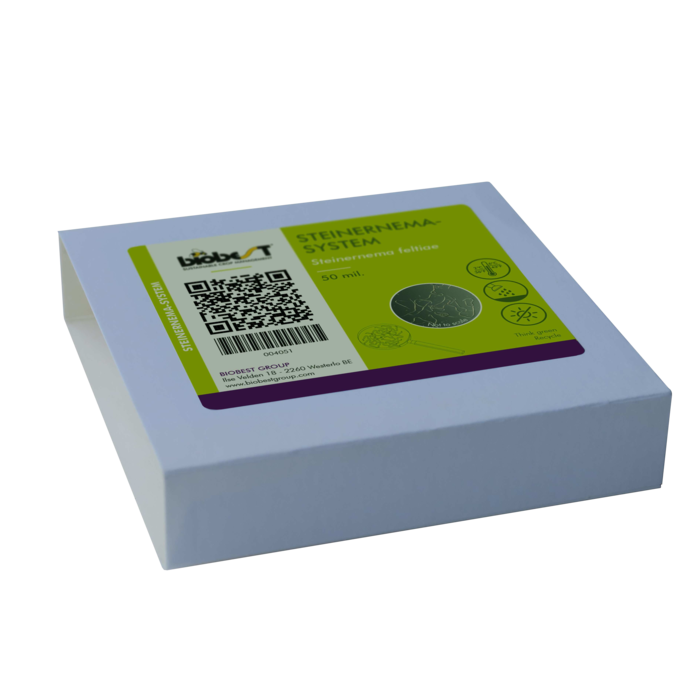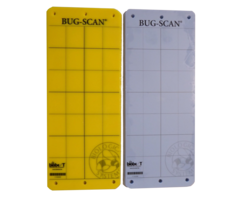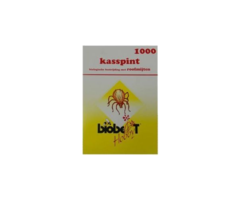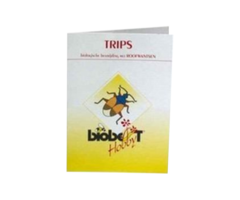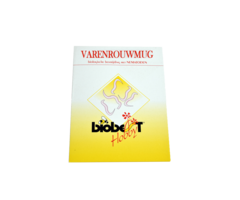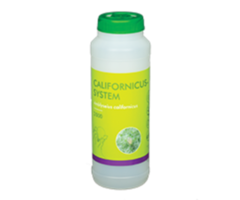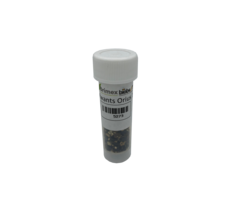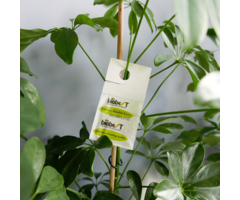Brimex BioBest - Steinernema System (Nematodes against Sciarid Fly)
Brimex BioBest - Steinernema System (Nematodes against Sciarid Fly)
With the Brimex BioBest Steinernema System you have nematodes or nematodes for effective biological control against Sciarid Fly. In addition to controlling Sciarid Fly, the nematodes also control larvae of thrips, mushroom fly and leafminer. These nematodes are also called Steinernema Feltiae.
How do you recognize Sciarid Fly?
Sciarid flies lay 0.25mm eggs in the soil in moist places with organic material. The larvae are about 5mm long, transparent and have a distinctive black head. These larvae reside near the roots of your crop and this is also where they pupate. Pupae are 2 to 5 mm long and are yellow to brown in color. Adult Sciarid Flies are about 3 to 5 mm and can be recognized by their long, slender antennae and long legs. The wings have Y-shaped veins and the rest is dark in color.
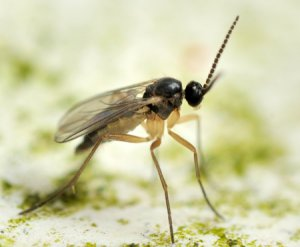
What are Brimex Steinernema System?
- Microscopic small nematodes of the species Steinernema feltiae
- Contains an insecticidal symbiotic bacterium
- Effective at temperatures from 10 °C to 30 °C
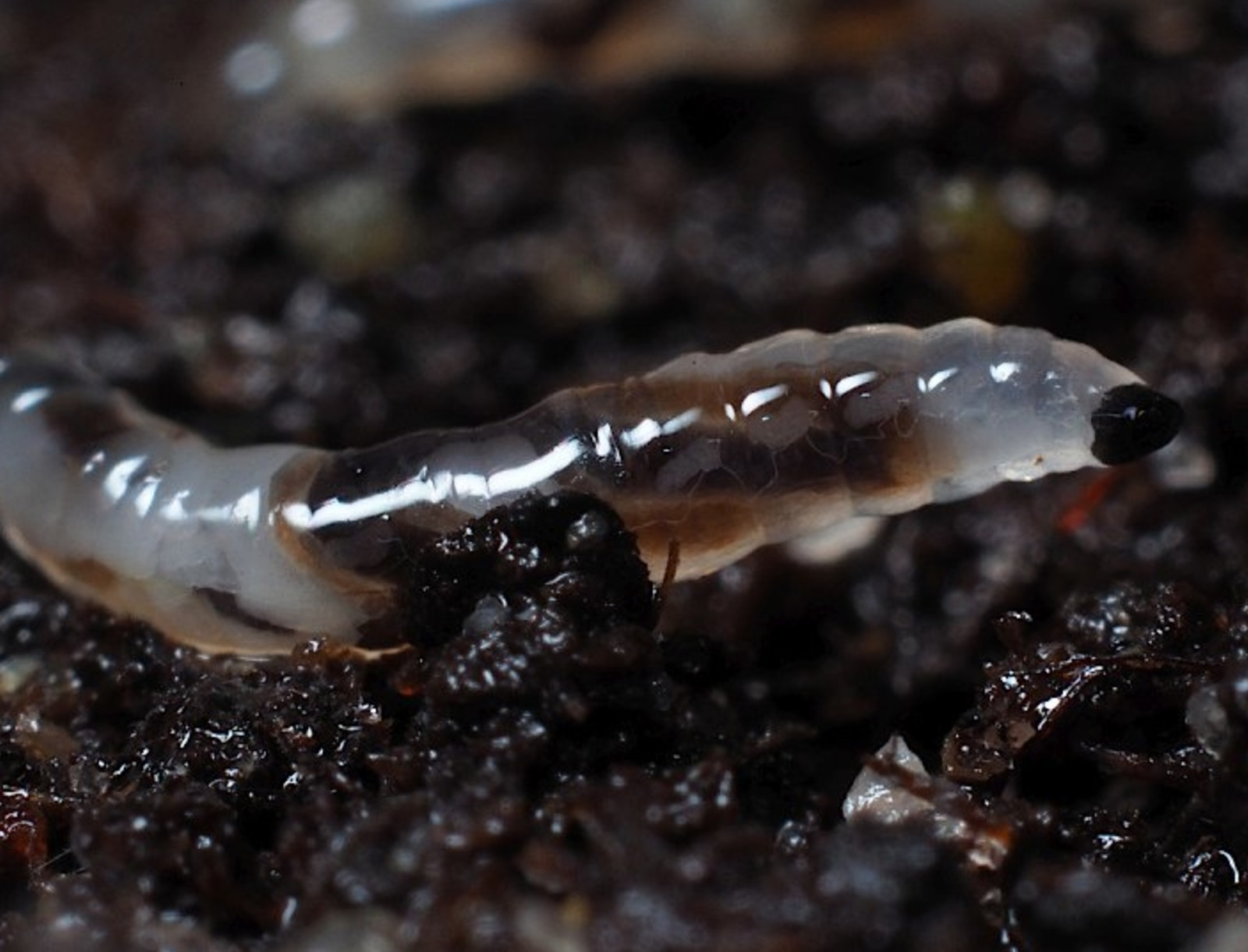
Which pests can you control?
- Larvae of the sciarid fly (Bradysia spp.)
- Larvae of the fungus gnat (Lycoriella spp.)
- Adults and pupae of the californian thrips (Frankliniella occidentalis)
- Larvae of the leaf miner fly (Liriomyza spp.).
What are the benefits of the Steinernema System?
- Super-fast control
- Works in the substrate as well as on leaves
- Long-term protection against pests in the soil
- No side effect on biological control agents
- Safe for humans and the environment
How do the Steinernema Feltiae control?
- Infectious juvenile nematodes enter the host through natural openings
- In the body cavity, the symbionts are released
- The symbionts kill the host within 24 to 48 hours
- The nematodes multiply in the carcass
- New infectious nematodes leave the carcass in search of new pests
In which crops can the Steinernema System be used?
- Tree nursery
- Small fruit
- Vegetables
- Indoor plants
- Greenhouse plants
- Floriculture


